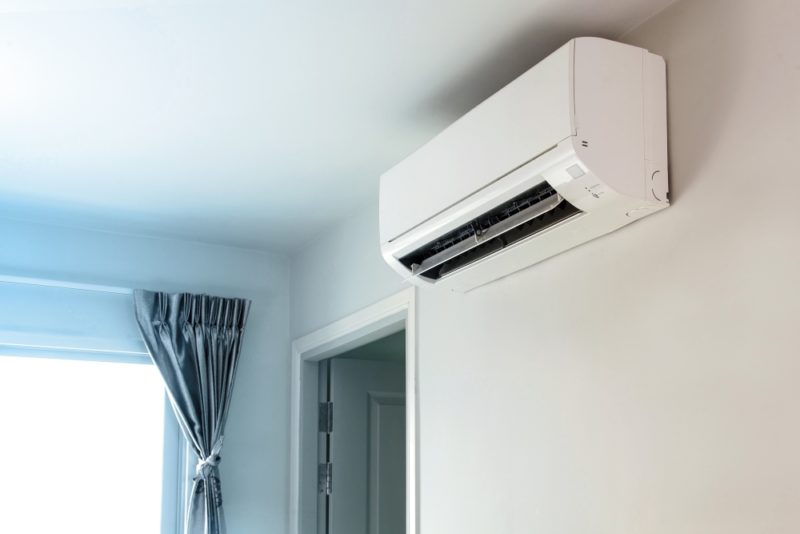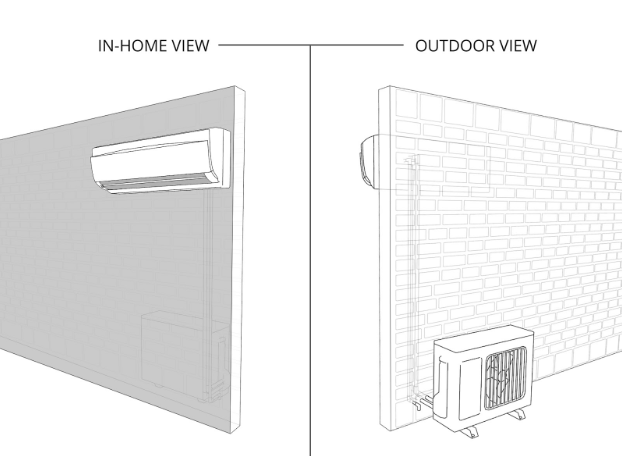How Many Ductless Units Do I Need to Cool My New Jersey Home?
November 11, 2024

The general rule of thumb is that you’ll need a separate indoor unit for every room you need cooled.
You see, ductless mini-split air conditioners don’t use ductwork. Instead of using one large blower motor to push cold air through ductwork, they use multiple air handlers to push cold air directly into the room they serve.
That said before you buy and install a ductless system you’ll need to know:
- The number of air handlers you need
- The size of each air handler
We’ll give you two HVAC industry rules of thumb to help you answer both of those questions above.
Rule of thumb #1: One air handler per room
As we mentioned earlier, you’ll need a separate air handler for every room you need to be cool.
Note: A separate ductless air handler is not needed for small, half bathrooms or hallways. Usually, those rooms will get plenty of cool airflow via larger, nearby rooms.
Another factor to consider is that up to 8 air handlers can connect to one outdoor unit. So, depending on the size of your home, you may need multiple indoor air handlers but only one or two outside units (or “compressors”).

In the photo above, you can see one air handler (left) attached to one outdoor unit (right). Depending on the model/brand of ductless AC, you can connect up to 8 air handlers to a single outdoor unit.
Rule of thumb #2: The larger the room, the bigger the air handler
Mini-split ductless air handlers are sized according to how much heat they can remove from the room in an hour. This is measured in BTUs. The bigger the room, the higher the BTU-output needed from the air handler.
But know this: sizing your ductless AC solely based on the square footage of the room won’t always give you an accurate size.
You see, two separate 500-square-foot rooms could need air handlers of completely different sizes depending on the rooms’:
- Insulation levels
- Number of windows
- Number of light sources
- Floor type (carpet vs hardwood)
- Etc.
That said, a better way to size your ductless unit is to have a professional inspect your home and perform a “load calculation”. This calculation measures how much heat the room gains in a given amount of time. After a load calculation, a professional HVAC tech can then give you an accurate mini-split unit size recommendation.
